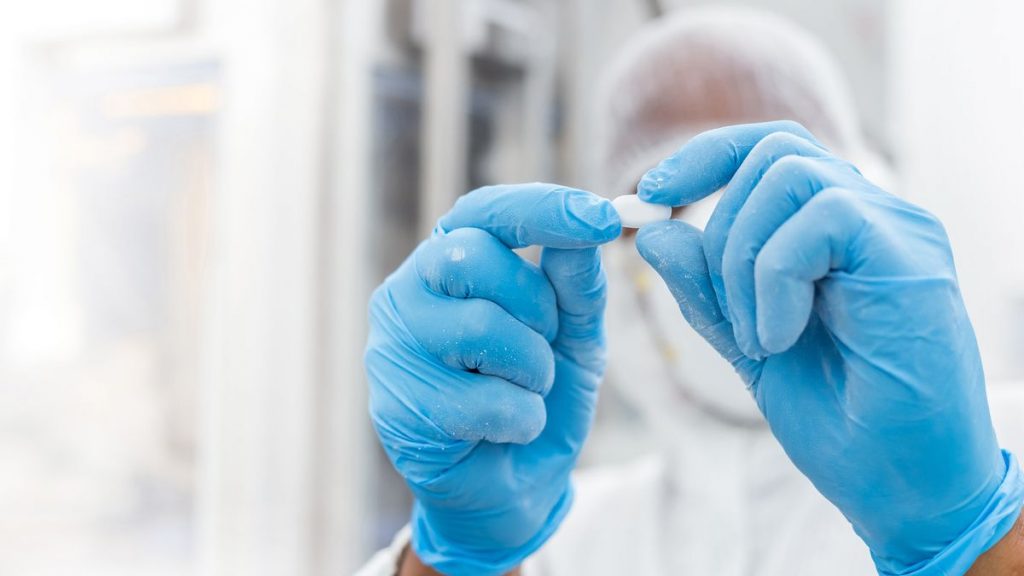New preclinical research suggests that a drug used to treat hypertension could extend our life expectancy by helping to activate a mitochondrial repair process.
Stimulate the mitochondrial repair process to slow aging
As part of the work presented in the journal Biogerontology, a team of scientists from the University ofOsaka City discovered that the metolazone, an antihypertensive drug used for nearly 50 years, could initiate a process of cell repair in roundworms, significantly increasing their lifespan. Their research suggests that this mechanism could be transposable to humans, thus offering new avenues of research in the search for an anti-aging drug.
The mitochondria are tiny structures that act as real cellular power plants. With aging, these become more and more dysfunctional, which is why many researchers are focusing on the development of drugs capable of repairing these fundamental structures.
When mitochondria are damaged, a process called the mitochondrial unfolded protein response (UPRmt) can intervene. The latter involves repairing mitochondria, and some anti-aging researchers believe we could live longer if this process could be activated by taking a drug.
” Even though aging is not a disease, drugs can slow it down and reduce or prevent its negative effects on our health. “, Explain Eriko Kage-Nakadai, co-author of the new study.
An extended lifespan of around ten days at C. elegans
Japanese scientists investigated whether existing drugs could trigger theUPRmt. The first step was to test around 3,000 known drug substances on worms that were genetically modified to turn bright when a gene called hsp-6, known to be strongly expressed during the process ofUPRmt, was activated. And it turned out that the administration of metolazone, commonly used to treat high blood pressure, resulted in a marked increase in levels. hsp-6.
Tested on C. elegans, organisms frequently used in preclinical research for anti-aging compounds, metolazone had significant effects on these roundworms with a life expectancy of three weeks, with an average lifespan extended by nearly ten days.
This lengthening was not observed when the activity of several genes known to play a role in theUPRmt was blocked, the team concluded that the antiaging effects conferred by metolazone were likely the result of the activation of this specific mitochondrial repair process.

An anti-aging mechanism potentially transposable to humans
Finally, the researchers looked at the effect of metolazone on the hsp-6 gene (known as Hspa9 in humans) in human cell lines and found that it increased gene expression, supporting the hypothesis that activation ofUPRmt drug-related could also be involved in mammals.

This is obviously preliminary research. But like this recent study which showed that cell aging could be reversed thanks to a century-old therapy, they offer a solid basis for the science of extending life expectancy, by confirming here a link between longevity and activation of the mitochondrial repair process.
” The possibility of being able to reuse existing, approved and safe drugs for the control of aging is particularly exciting »Concludes Kage-Nakadai. ” Worms always give us many leads. “
